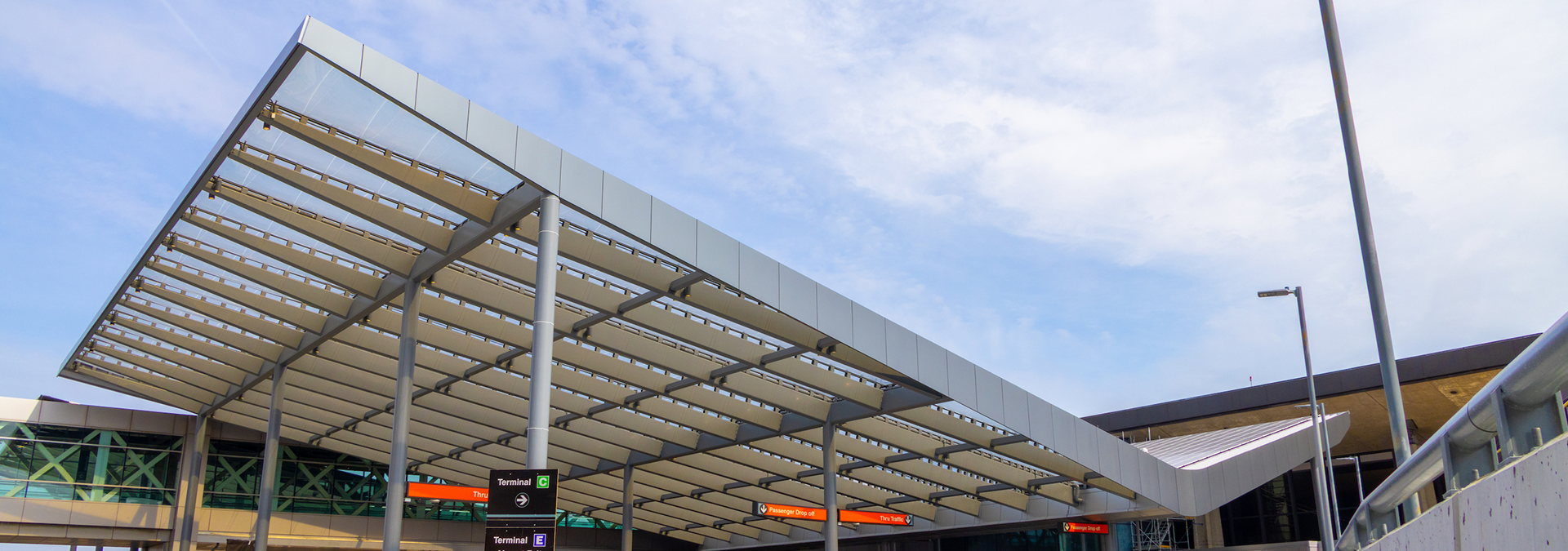
Business
Our Projects
Explore the exciting projects we are working on to continue to deliver best-in-class infrastructure to support our regional economy.
Building for the Future of Travel
As the gateway connecting New England to the world, Massport is committed to creating a travel experience that’s smooth, safe, and welcoming for everyone. Our Capital Projects are focused on modernizing our facilities—making them cleaner, more efficient, and more comfortable—while supporting the needs of our airline partners and the millions of passengers who pass through our doors each year.
From upgraded terminals to improved roadways and sustainable infrastructure, we’re investing in the future of travel and the strength of our regional economy.
Several large-scale projects are underway, including the following:
Terminal B Roadway and Garage Optimization: A Better Curbside, A Better Experience
We’re making it easier, safer, and more efficient to get to and from Terminal B. The Terminal B Roadway and Garage Optimization Project is redesigning how vehicles move around the terminal to better serve passengers.
By separating buses from passenger cars at the curbside on Level 1 of Piers A and B, we’re reducing congestion and improving safety. We’re also repurposing part of the Terminal B garage to create a dedicated area for passenger pickup, while giving buses more space to operate smoothly.
These changes will make drop-offs and pickups faster and more convenient, while also enhancing accessibility for all travelers.
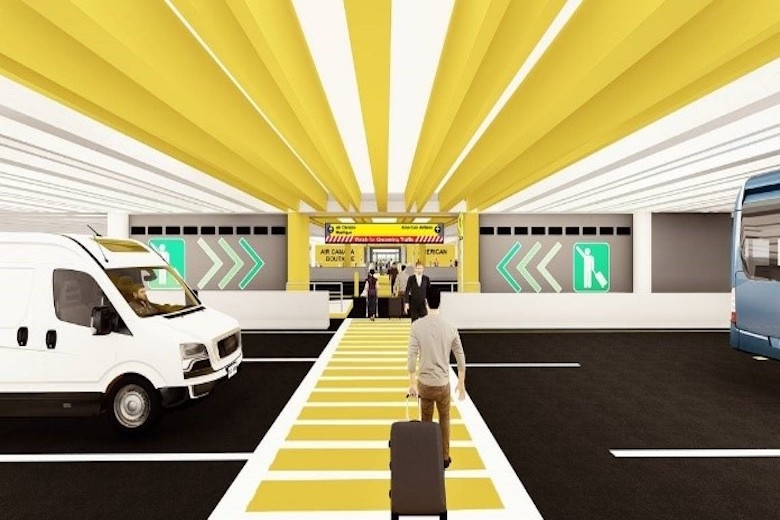
Framingham Logan Express Garage Expansion: More Parking, More Clean Energy
We’re expanding the Framingham Logan Express garage to make your travel experience even more convenient. When complete, the new 7-level facility will offer over 2,000 parking spaces, giving more travelers easy access to Logan Airport via the Logan Express.
But this project is about more than just space—it’s about sustainability. The garage will feature a sleek facade of solar panels that will generate enough energy to power half of the building’s electrical needs. We’re also adding three new Level 3 EV charging stations to support greener travel.
This will be the first Massport garage to pursue ParkSmart Silver Certification, a leading standard in sustainable parking design—similar to LEED Gold for buildings.
More parking. Smarter energy. A better experience for you.
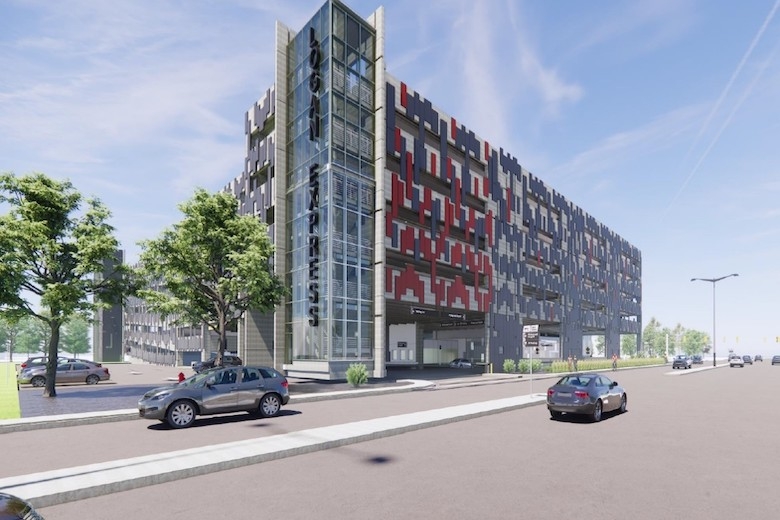
Making Terminal E Smarter, Smoother, Greener

A Smoother Arrival
We’re expanding and modernizing Logan’s International Baggage Claim Hall with more space, two new claim devices, and upgraded Customs screening—making arrivals faster, smoother, and more welcoming for international travelers.
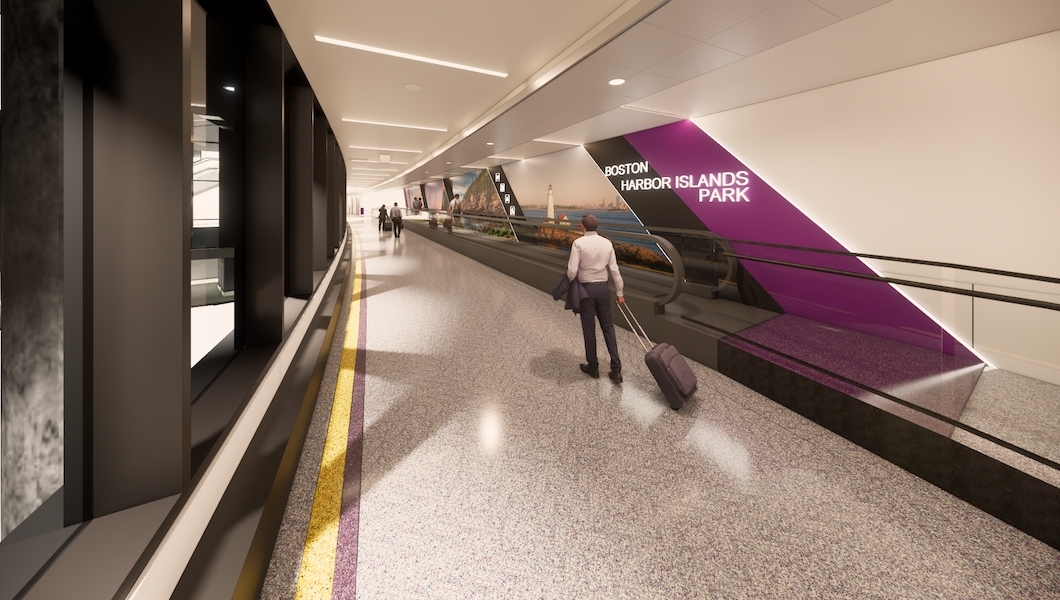
A Faster, Easier Walk Through Terminal E
New moving walkways in Terminal E will help passengers travel faster and more comfortably from the gates to Customs. These upgrades will ease congestion and improve flow—making arrivals smoother, especially after long international flights.
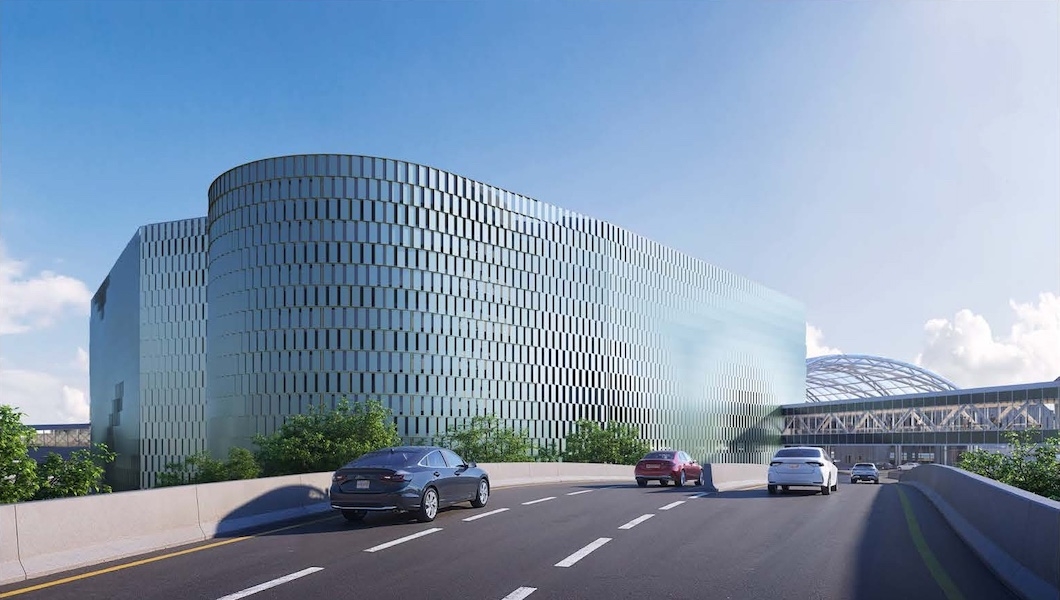
More Parking, More Sustainability: Terminal E Garage
We’re building a new multi-level garage at Terminal E to add more parking and improve convenience. Featuring solar panels on the façade and roof, the garage will also support a greener, more energy-efficient Logan Airport.
Terminal C to E Roadway Improvements: A Better Way to Get Around
We’re making it easier to get around Logan Airport. The Terminal C to E Roadways Project will improve traffic flow, enhance accessibility, and make curbside areas more efficient and user-friendly.
With better signage, smoother traffic management, and added amenities, these upgrades are designed to create a more seamless and comfortable experience for all travelers moving between Terminals C and E.
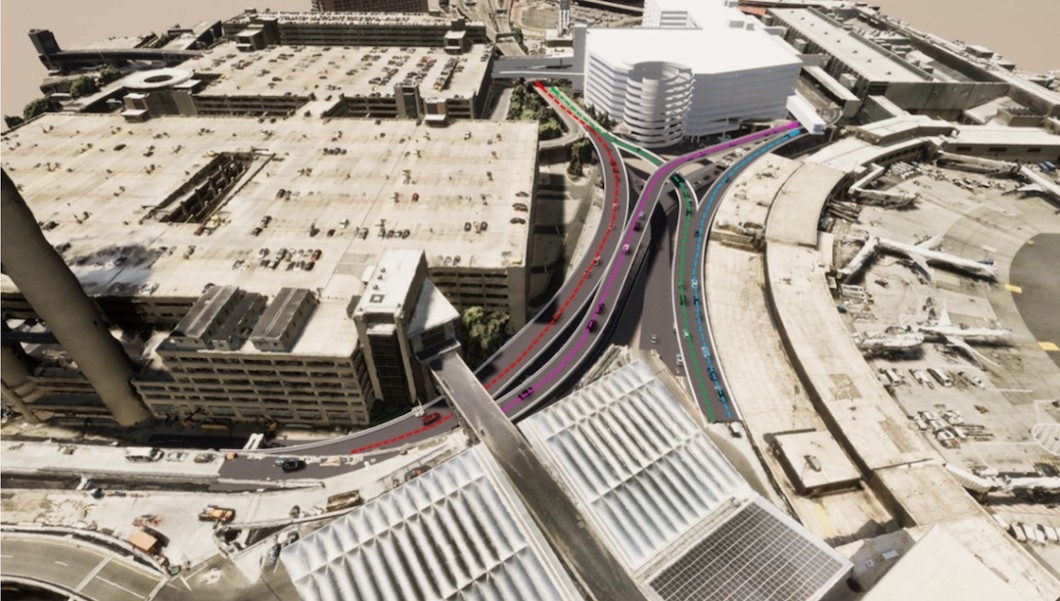
Connecting Your Journey: Terminal A to B Connector
We’re making it easier to move between terminals at Logan Airport. The new Terminal A to B Connector will allow passengers to walk between all terminals without leaving the secure area, making transfers between domestic and international flights faster and more convenient.
Whether you're catching a connecting flight or just want a smoother airport experience, this project is designed to make your journey through Logan more seamless than ever.
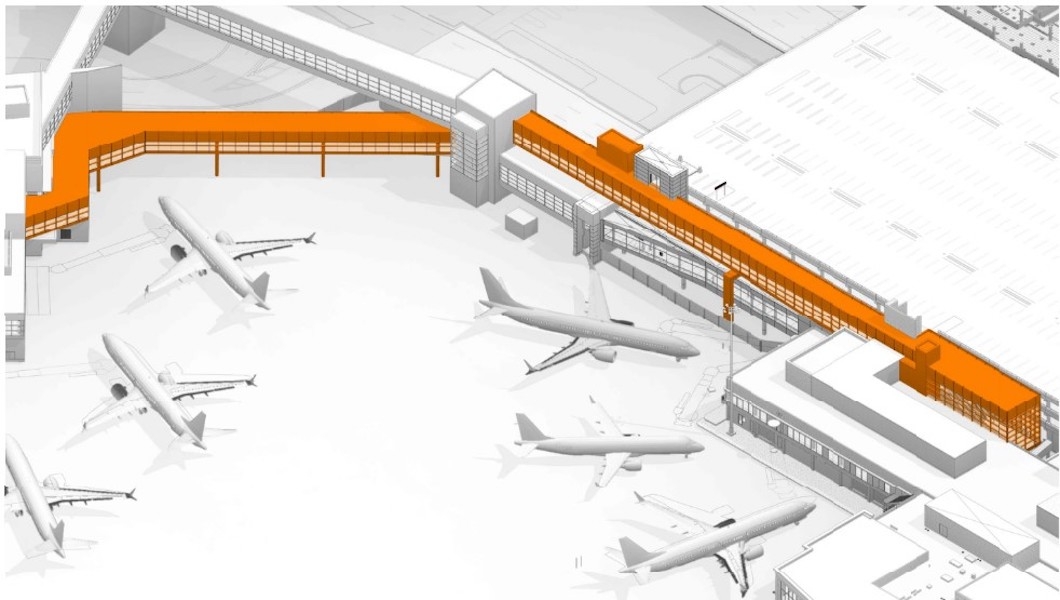
More Information About Capital Projects at Massport

Capital Bids
Explore our open projects and opportunities and submit your bid.

Upcoming Projects
See Massport's upcoming design and construction project opportunities across our facilities.
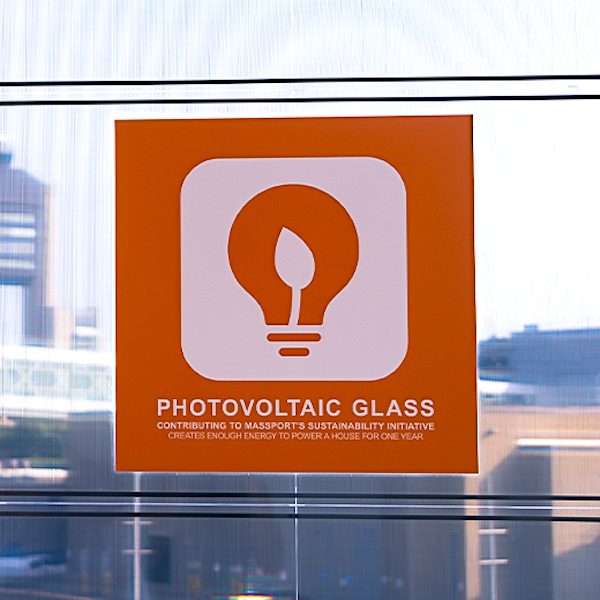
Capital Programs
The department of Capital Programs is responsible for developing and managing all capital improvements across Massport's facilities.